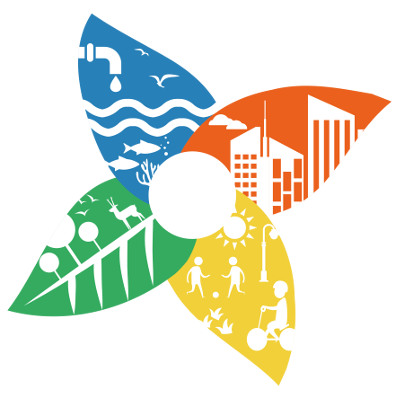The Clean Air and Urban Landscapes Hub at Melbourne University organized a free interactive seminar on nature-based solutions (NBS) with RMIT University and an international collaborator Lund University. NBS use the natural properties of ecosystems. They have the potential to limit impacts of climate change, enhance biodiversity and improve environmental quality while contributing to economic activities and social well-being. Examples are green roofs and city parks that limit heat stress, city lagoons that store water and permeable surfaces, vegetation and rain gardens to intercept storm water. Yet despite their significant potential, the use of NBS remains marginal, fragmented, and highly uneven within and between cities. The seminar aimed to act as an inspiration and critical discussion of NBS innovation and implementation in cities.
The seminar, facilitated by Dr Cathy Oke, included presentations from Associate Professor Kes McCormick, Professor Sarah Bekessy and Associate Professor Kirsten Parris with time for questions and discussion on the relationships between NBS, cities, nature and biodiversity. Kes McCormick presented emerging findings from the Naturvation project focusing on the Urban Nature Atlas with 1000 examples from NBS in 100 cities and the development of 54 case studies from 18 cities, including Melbourne. Sarah Bekessy talked about the Urban GreenUp project and the critical role of biodiversity and nature in cities. Kirsten Paris concluded the presentations by outlining the framework developed in a recent paper called the seven lamps of planning for biodiversity in the city.
